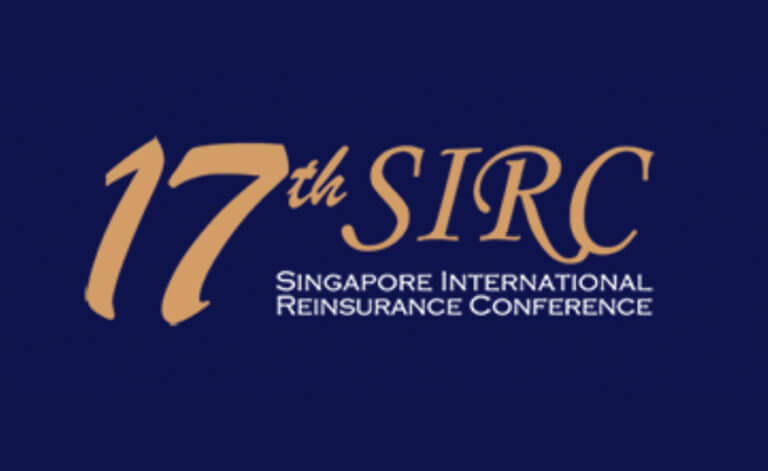SIRC 2021: Pandemic BI cover needs ‘government support’
November 17 2021 by Raymond Barrett
The global P&C market will need ‘significant government support’ in order to provide pandemic business interruption (BI) cover, according to panelists addressing the 17th Singapore International Reinsurance Conference (SIRC).
Speaking on November 16 during a panel focused on the insurability of pandemic BI risk, Tony Gallagher, Guy Carpenter’s Asia Pacific chief executive, said that given the scale of the losses generated by the pandemic, insuring the associated losses are “beyond the scope of the industry”. He added that countries that were exposed to the SARS crisis were perhaps better prepared to respond to pandemics than those countries who hadn’t experience that particular event.
This viewpoint was echoed by Paul McNamee, Chubb’s Asia Pacific regional president, who said pandemic BI losses aren’t insurable without significant government support.
“The industry does not have the balance sheet to sustain the magnitude of the losses,” he said.
In terms of the scale of the losses generated by the pandemic, the OECD has estimated that Covid-inspired government lockdowns generate global economic losses of around US$1.7 trillion per month, according to panel moderator Kai-Uwe Schanz, the Geneva Association’s deputy managing director. Meanwhile, the global BI market is thought to generate only US$30 billion in premium per year.
Franz-Josef Hahn, chief executive of Peak Re, added that the public policy response of government lockdown had been the key surprise that the industry had not anticipated.
A limited role for ILS
In addition, Hahn noted that better data is needed if the (re)insurance industry is to get involved, while noting that insurance-linked securities (ILS) might be able to play a role in offering the protection.
Gallagher added that while ILS could have a limited role to play in offering some protection against pandemic BI losses, there is simply not enough capital in this market to provide broad coverage.
One particular area where government support is needed is in the area of SMEs, which McNamee said will need special treatment and subsidised premiums.
From a regulatory perspective, Conor Donaldson, the chief executive of the Global Asia Insurance Partnership (GAIP), said that pandemic and public health issues were not at the top of the regulatory agenda prior to Covid-19, but that innovative solutions would be needed to address the issue going forward.
The GAIP is a tripartite partnership between the global insurance industry, regulators, policymakers and academia, to address the future development and needs of the (re)insurance sector.
In terms of the kinds of public private partnership that might be deployed, Donaldson said some form of mandatory coverage is the most likely form of model which would be used.
In terms of lessons learned, Gallagher noted the need for “wordings clarity” and clear event definitions, while McNamee added that the pandemic had generated significant discussion around claims as the fine print of various policies was put to the test.
Meanwhile, Hahn noted that (re)insurers have learned how to cooperate with local governments and that the pandemic had pushed (re)insurers to clear up certain terms and conditions.
-
QBE | Elevating customer experience, humanising claims: QBE Asia’s ‘Solutions in a Box’
Vastly improving turnaround times and personalising service delivery, QBE Asia’s award-winning, end-to-end bundled claims solutions is a game-changer for the insurance industry.
-
Beazley | What does cyber protection look like from day 1 to day 600 and beyond?
Cybersecurity is no longer just an IT concern, but a governance issue that belongs on the boardroom agenda.
-
Sedgwick | Preparing for the next storm
Insurance industry needs to recalibrate, invest in innovation and strengthen systems, talent and data practices.
-
Peak Re | From climate modelling to market opportunity: Forging a new clarity on Southeast Asia’s climate risk
Southeast Asia's protection gap: a crisis of clarity, not just capital

